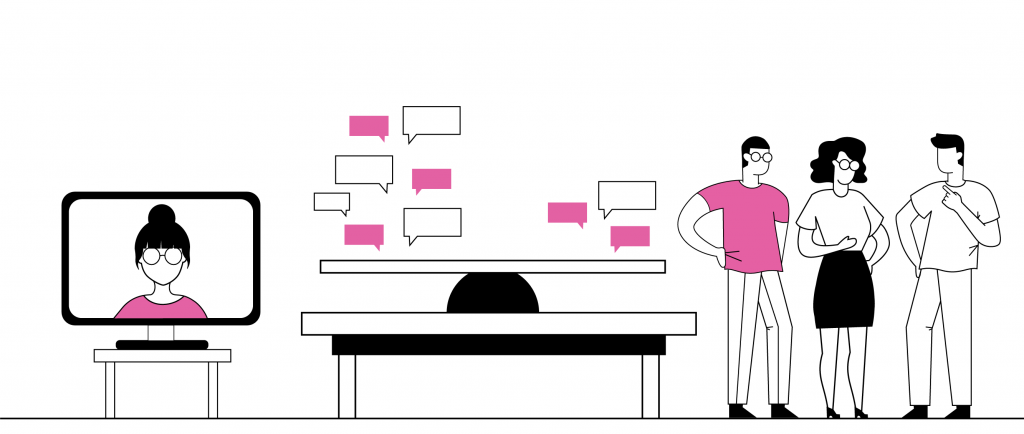Chances are, your prospective renters are starting to expect chatbots. According to a CapGemini study, 73% of consumers were aware of interactions with AI, and they saw the benefits. 63% of the people polled said they loved the 24/7 availability and the control they had over the interaction. We’ve talked about how much chatbots bring to the table, whether it’s connecting with millennials, reaching out to the 13% of the US that speaks Spanish, or providing an alternative to in-person interaction.
This doesn’t mean your talented leasing agents need to start job hunting. If you work in a leasing office, a Digital Human just might be your new best friend. Chatbots are here to lighten your load, take care of repetitive questions, and introduce prospects to your property. 55% of consumers want to interact with both AI and real humans during the purchase process. The CapGemini study recommends AI as a means of “relieving employees from repetitive tasks … and for supporting employees’ decisions with predictions or recommendations related to a given customer context or situation, both in real time. This enables employees to focus their unique skills – such as judgement and empathy – on customer interactions.”

This begs the question: should Digital Humans maximize efficiency or replicate the personal service of a leasing agent? There’s no simple answer, because both efficiency and personality have a place in your chatbot. Generally, functionality needs to be rock-solid and users need to be comfortable before personality comes into play. After that, the CapGemini study indicates that, “Consumers are reassured by human-like attributes, with 64% wanting AI to be more human-like, and 62% comfortable with human-like voice and intellect; in other words, the ability to hold a sensible conversation, respond to follow up questions, contribute additional information, etc.” A slim majority (54%) said an increase in human-like personality was desirable.

Ultimately, if making a chatbot human-like improves the user experience, it is more efficient. A well-executed chatbot that replicates the rapport you’d experience with a leasing agent should perform better, especially for users who are looking for a more in-depth conversation. This shouldn’t come at the expense of prospects who are looking for quick access to information.
For a high-involvement decision like leasing an apartment, consumers generally prefer a mix of AI and human interaction. This means that it’s essential for the chatbot and leasing agent to operate in concert with each other. That’s why our Digital Human is designed to be a team player. Typically, a Digital Human answers questions, shows off amenities, and eventually schedules a tour. At that point, the leasing agent takes over, gives the tour, and completes the leasing process. This can vary, as some users will want to interact solely with the DH or a leasing agent. Quext Digital Human’s ability to hold an authentic conversation allows it to be a true digital employee, not just a tour scheduling tool.


